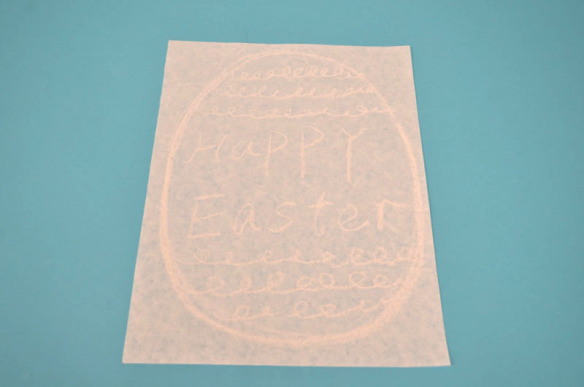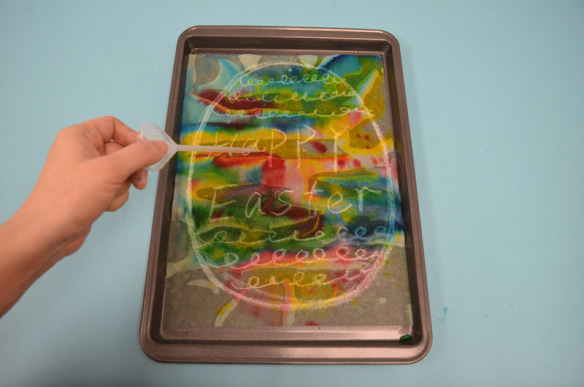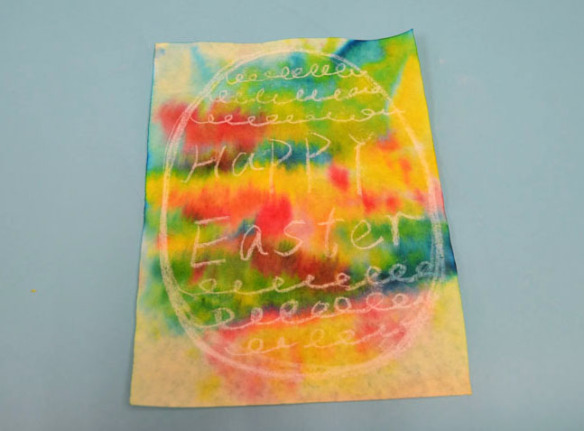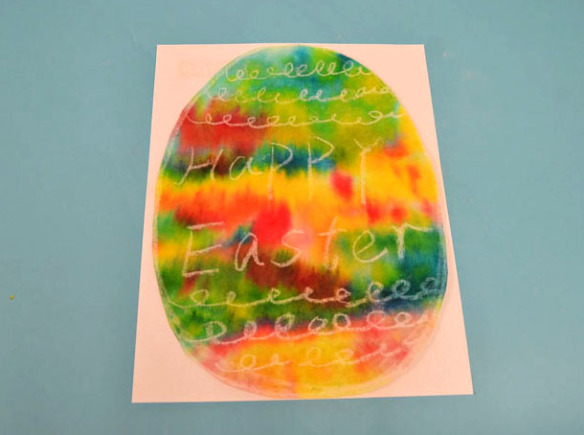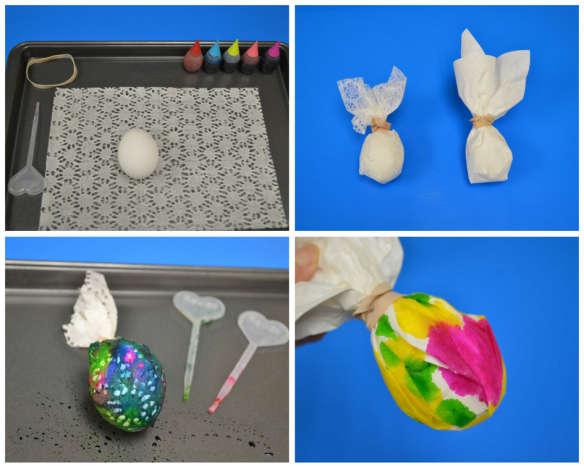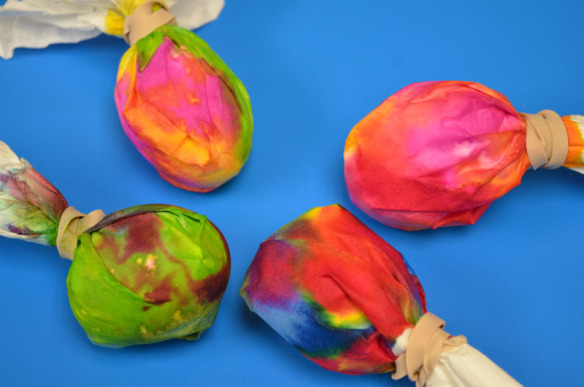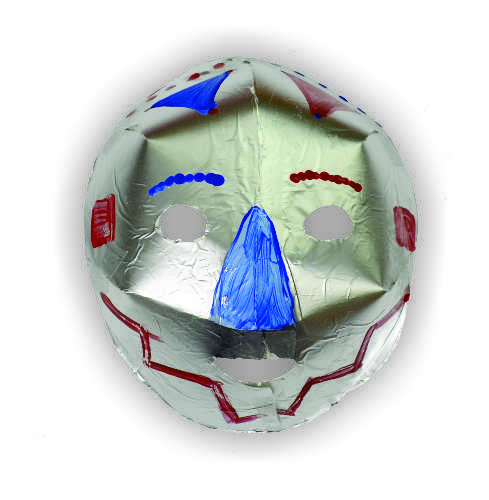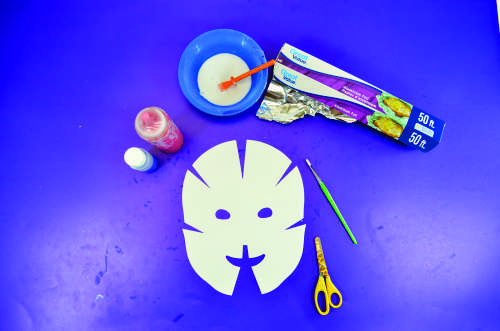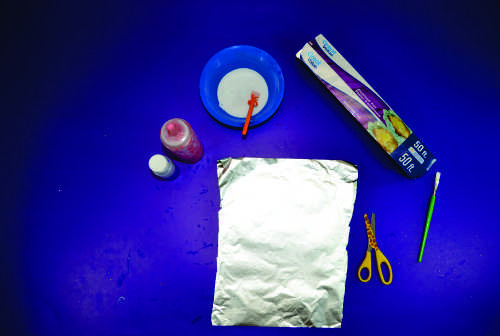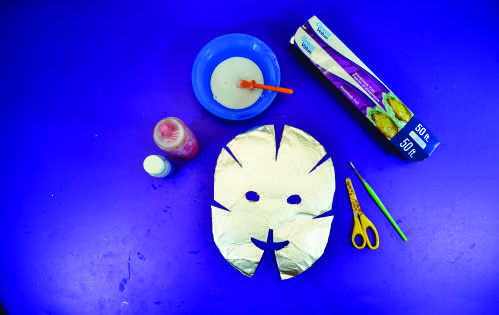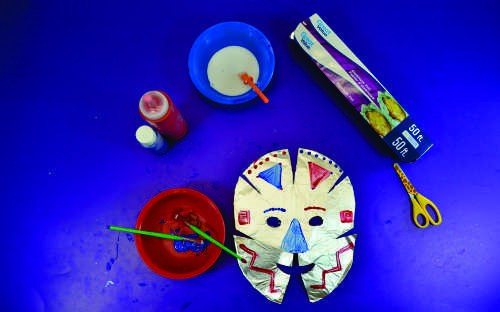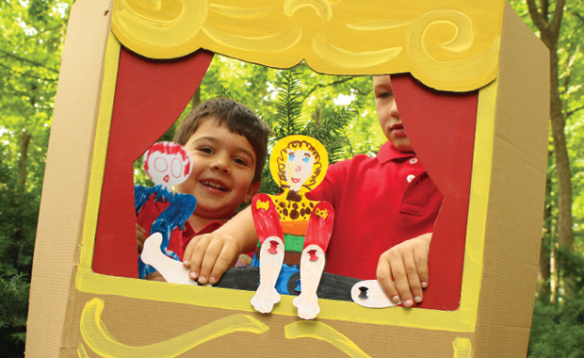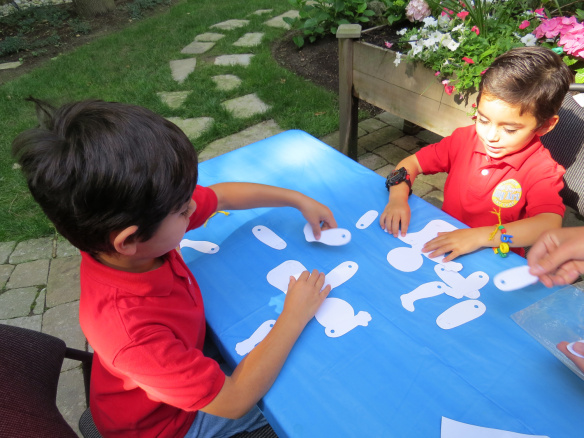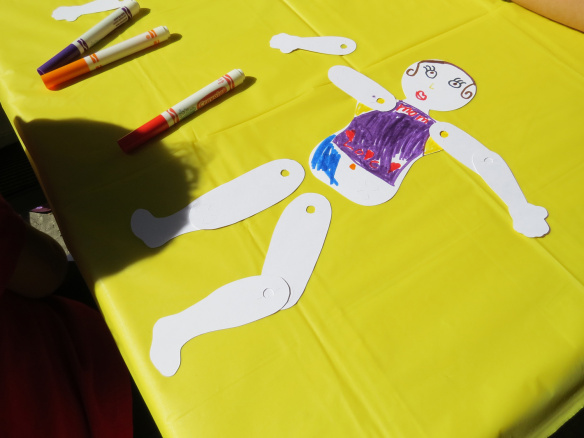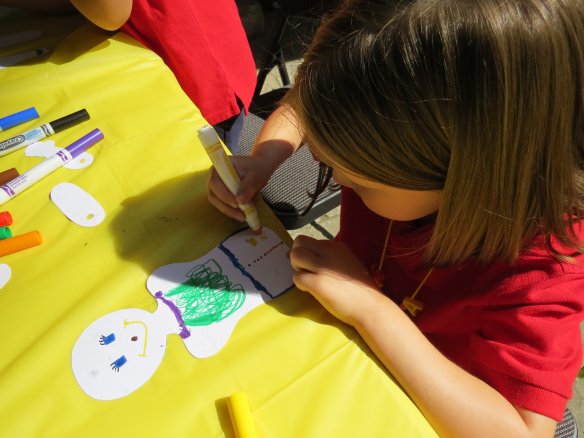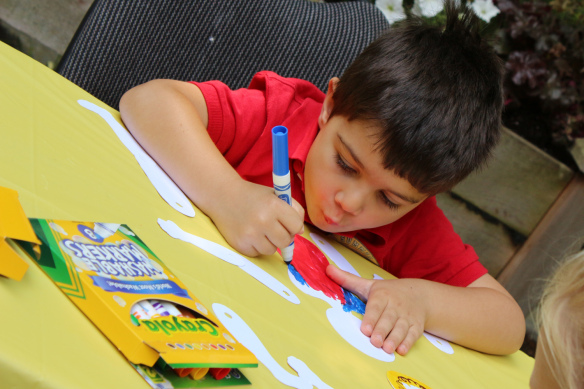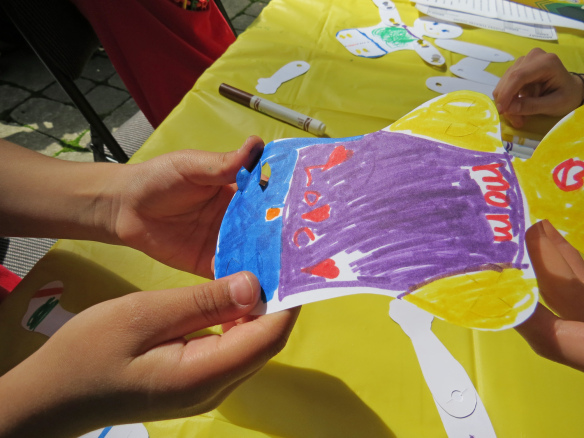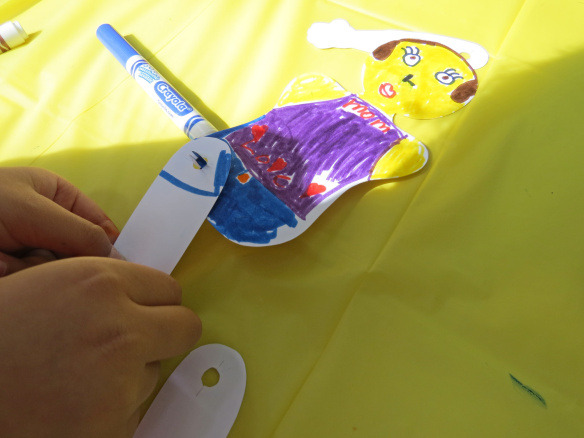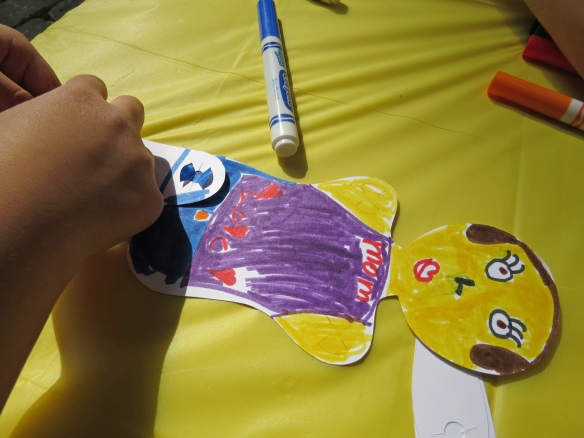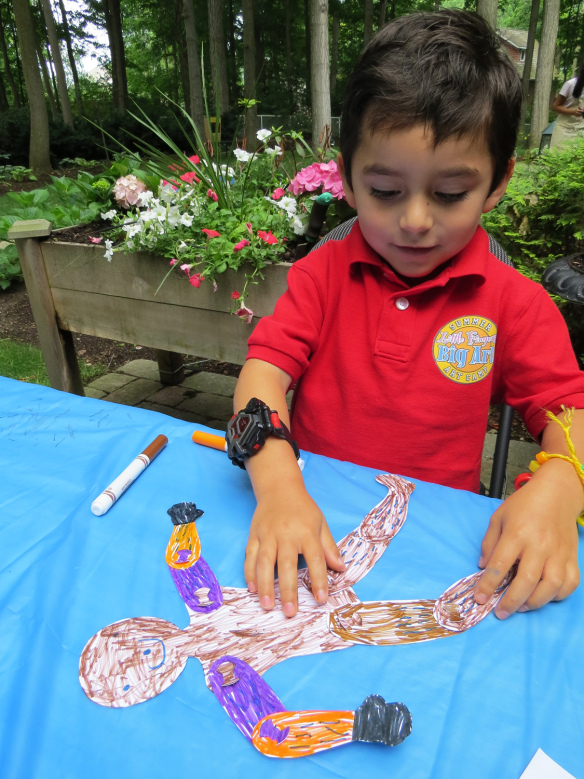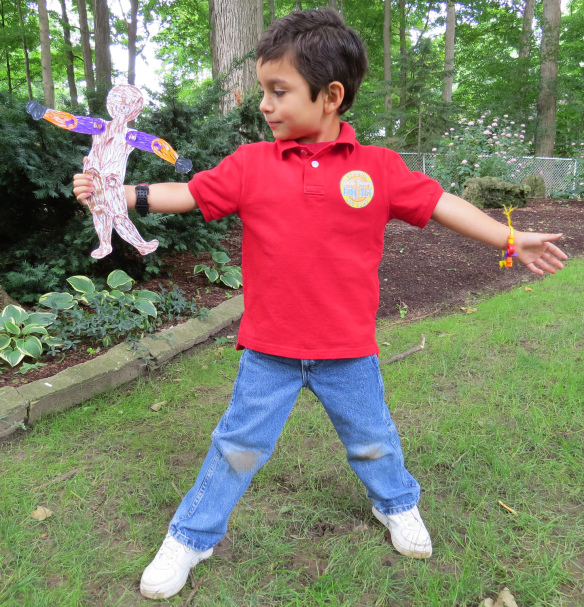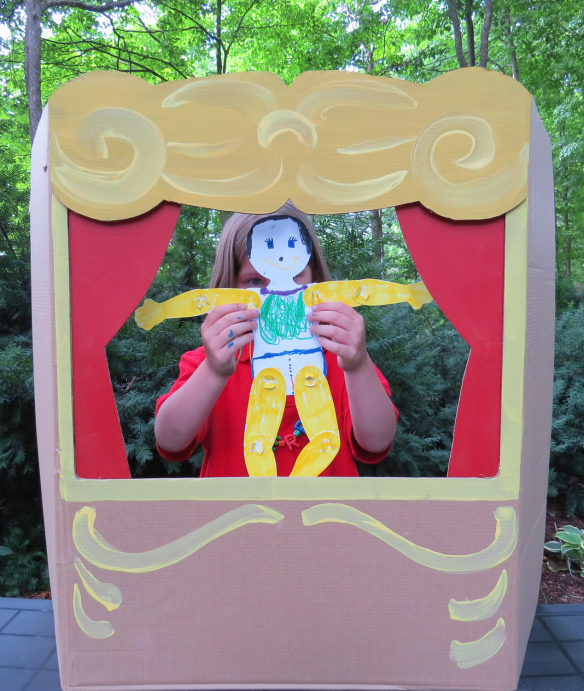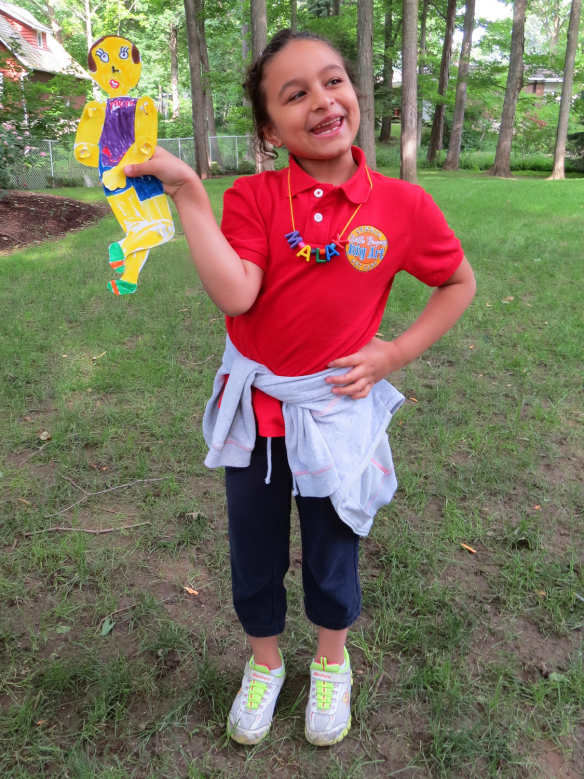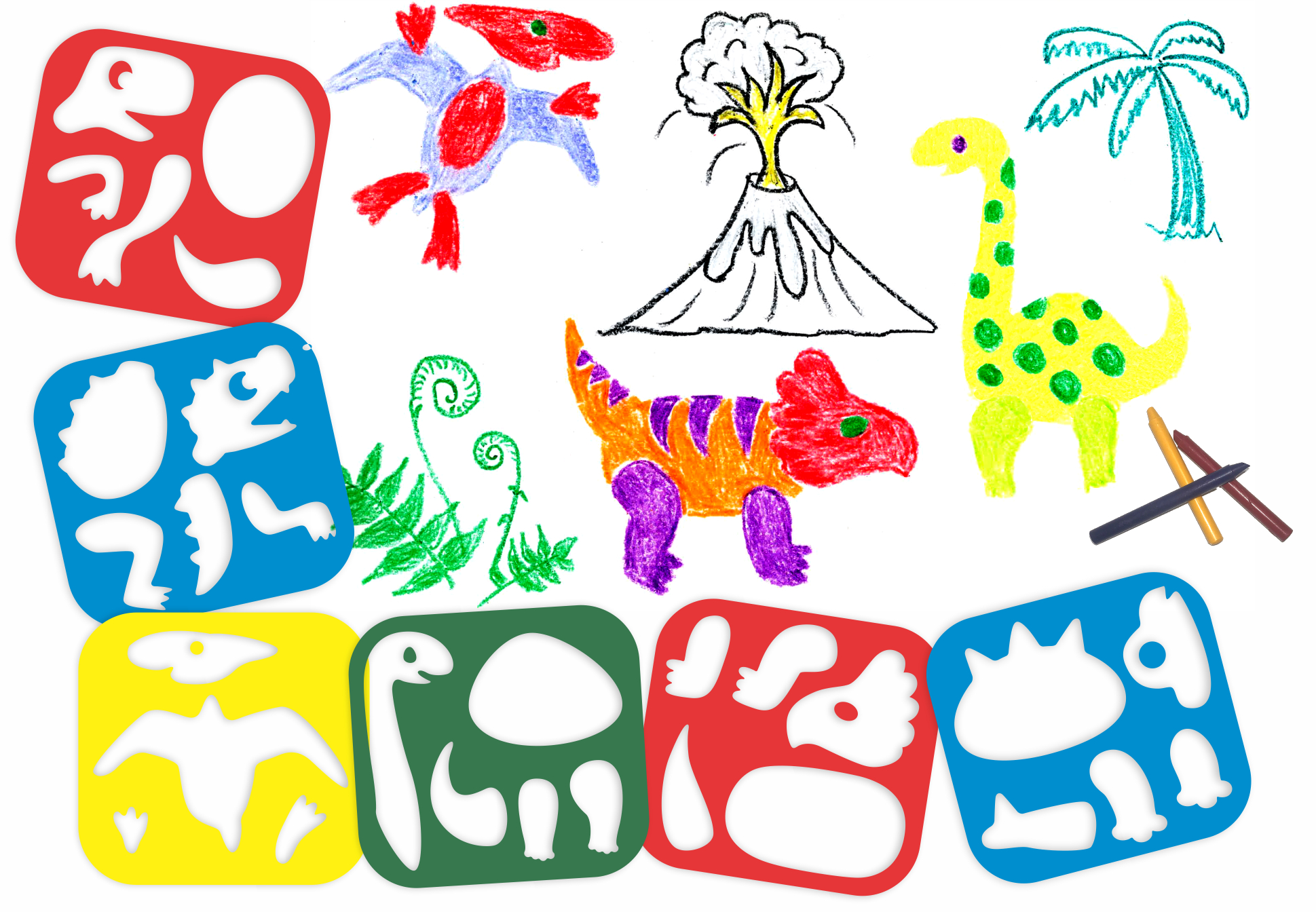
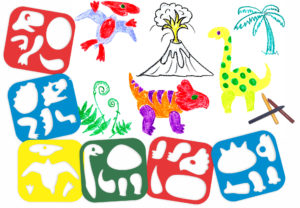
Get ready for an art adventure! This set of 6 stencils is fun and useful. Use these Dinosaur Rulers to create your own Dinosaur. Trace around the stencil and add colors when finished.
Age: 3+
Duration: 15-20 minutes
Learning Objectives: Mix and match dinosaur elements to create unique prehistoric animals. Use colored pencils, markers and crayons to decorate your dinos. The simple designs are easy by a wide range of ages.
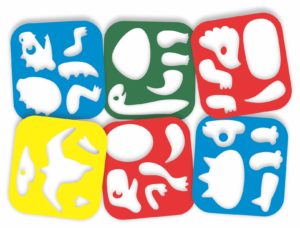
You’ll need:
- Crayons, Pencil crayons or markers to design and decorate the dinos
- Scissor
- Glue Stick

Take a stencil and place it onto a paper. Start tracing the interior edges to draw a perfect dinosaur.
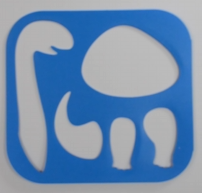
Trace all the body parts starting from head to toe. Mix & match all the elements to give it a proper shape.
Finish the dinosaur shape off with a tail. Here you can see how well the patterns transfers onto the sheet.

Now, it’s time to give colors to this dinosaur. Start filling the shape with your preferred color of crayons and decorate it with your favorite color combination.

To make it more unique, cut out the dinosaur. Choose any picture or a piece of craft paper and glue it on it.
It’s a lot of fun for children to discover the different types of dinosaurs. Try all Dinosaur Rulers and make your own Dinosaur.
Please watch the full video here: https://youtu.be/VM-YXhzKXcw
Visit our website https://roylco.com/shop/dinosaur-unruly-rulers/ for more information.




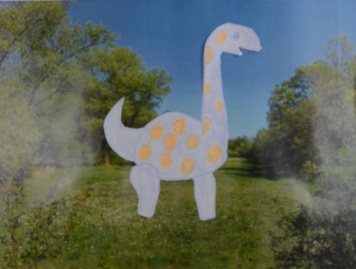


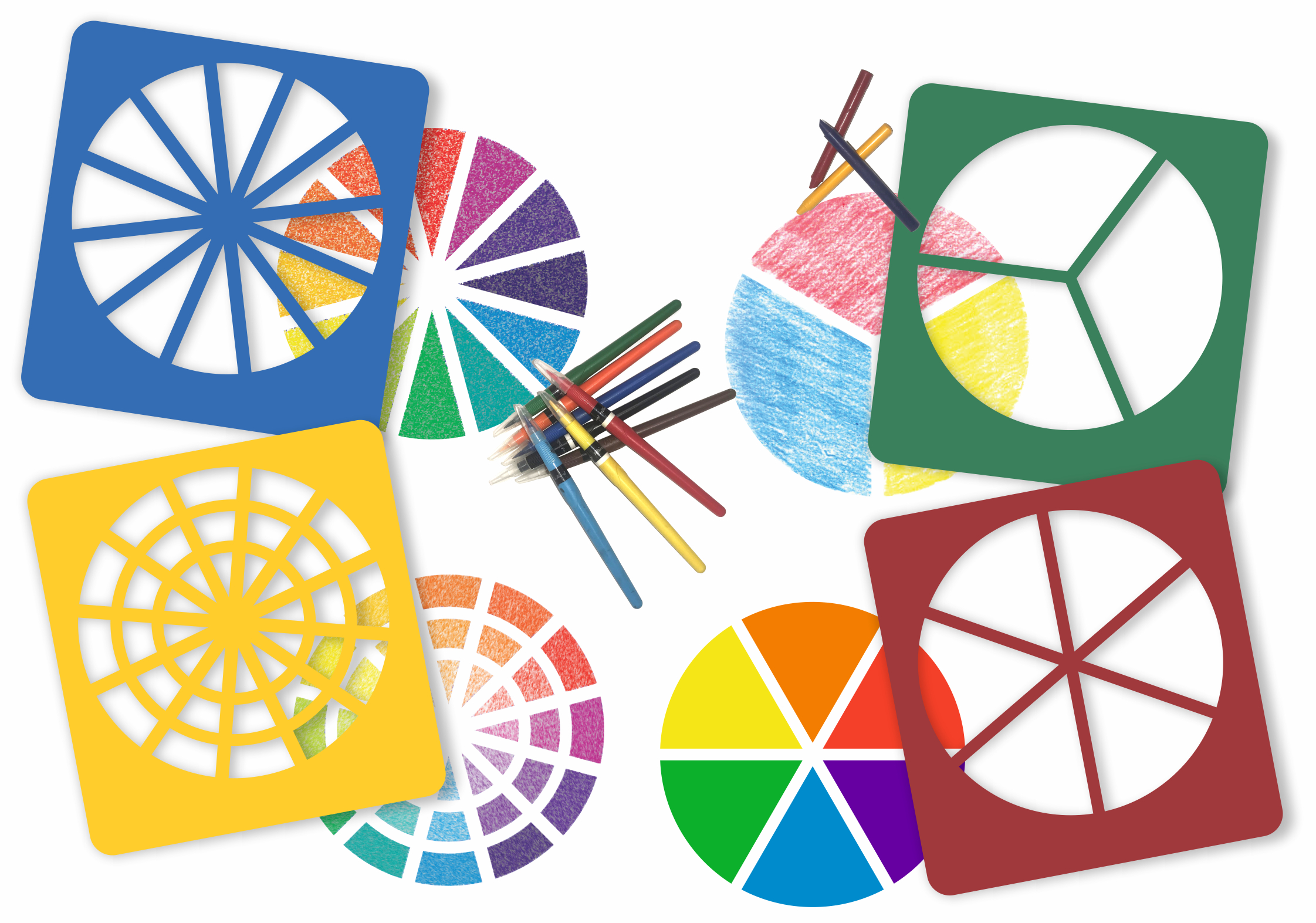
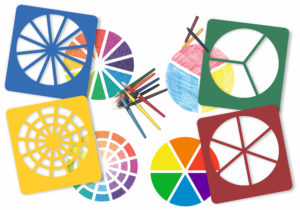
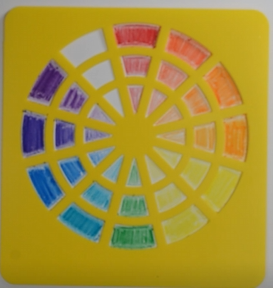
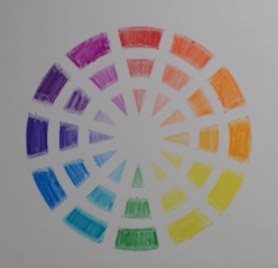
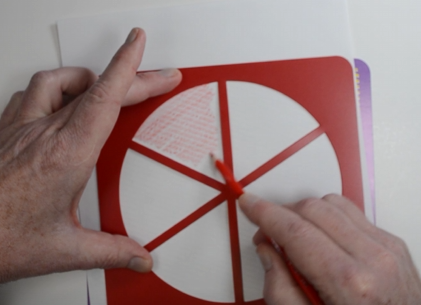
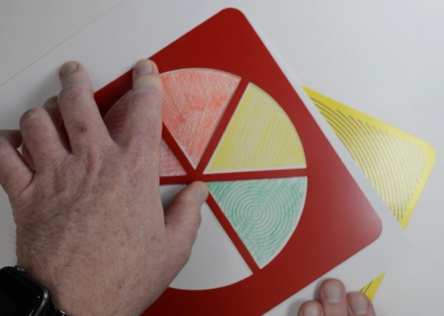
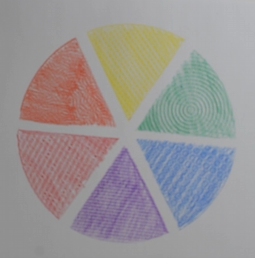
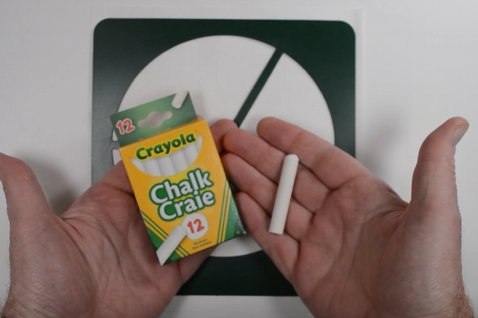
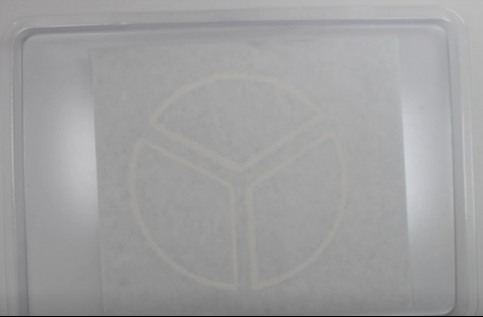
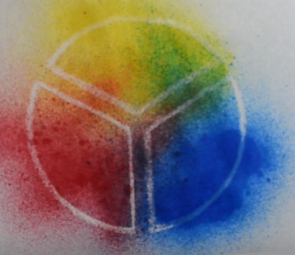

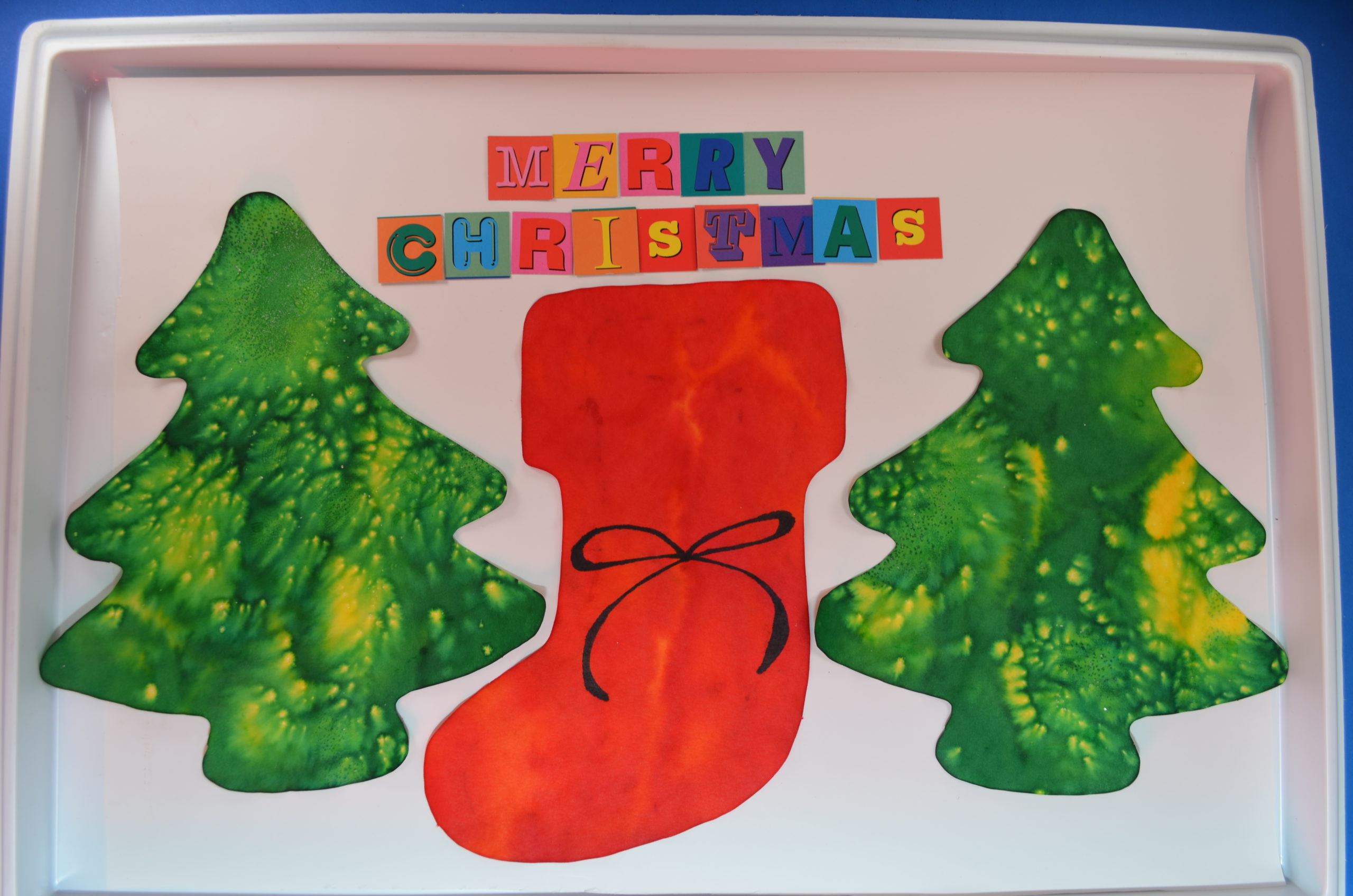
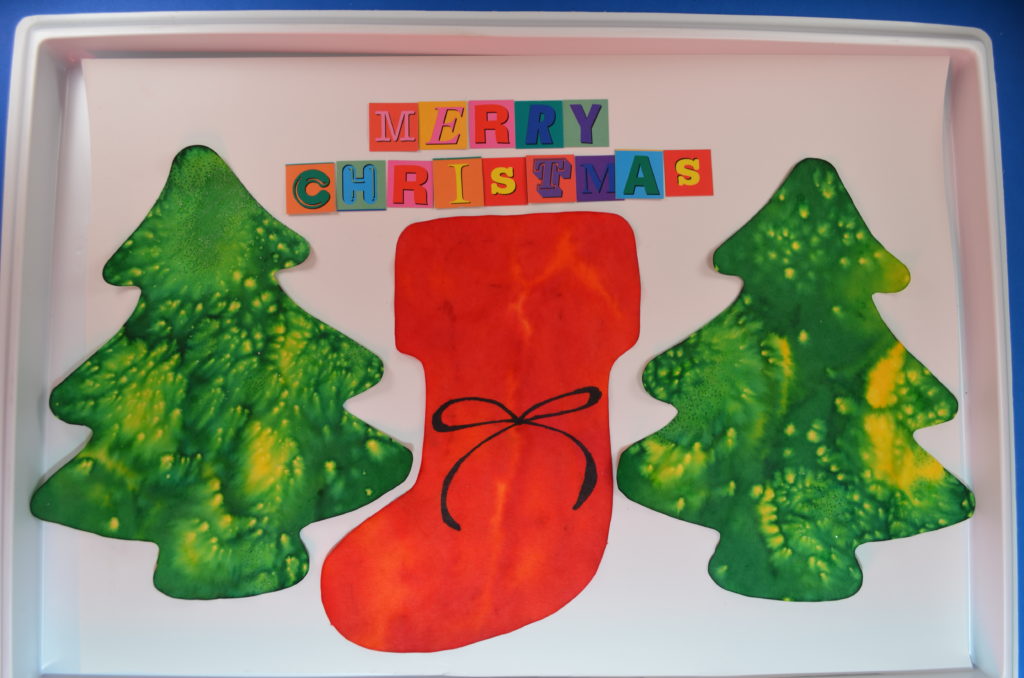
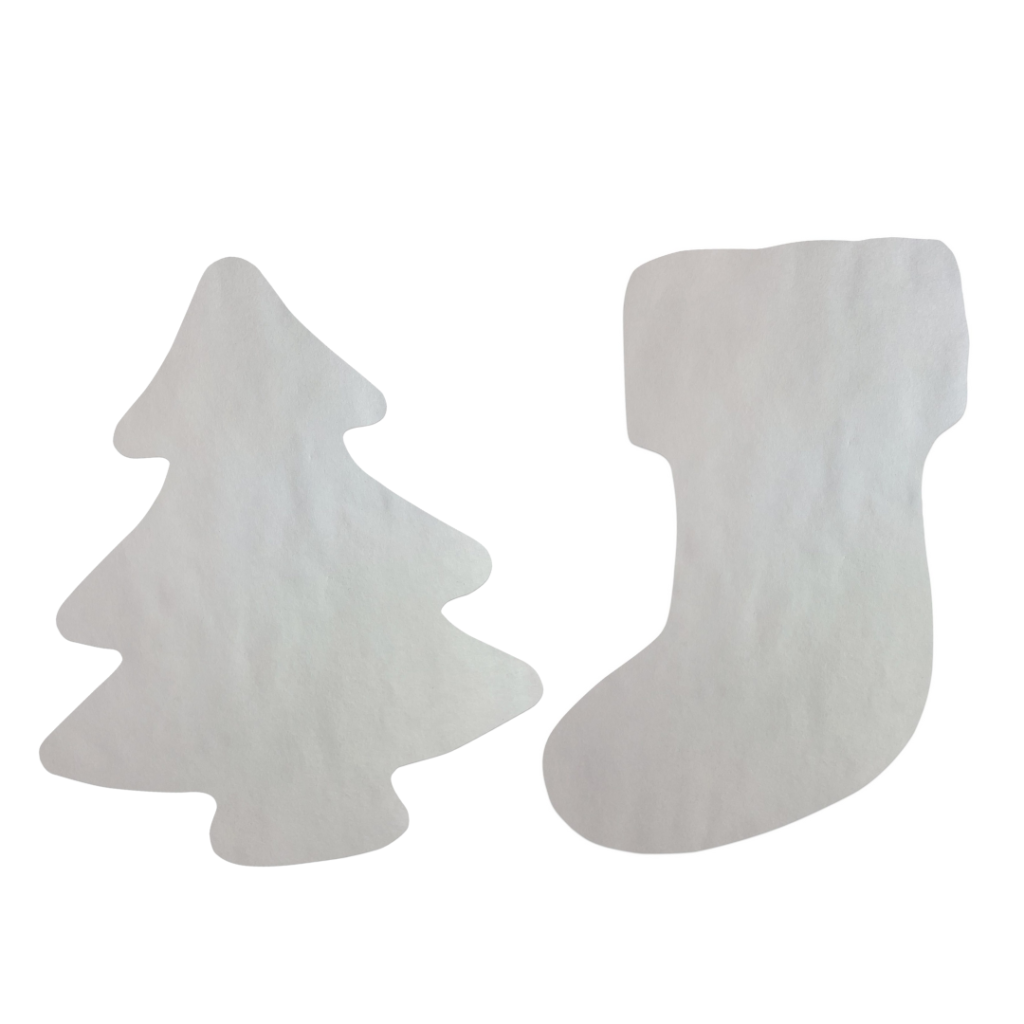
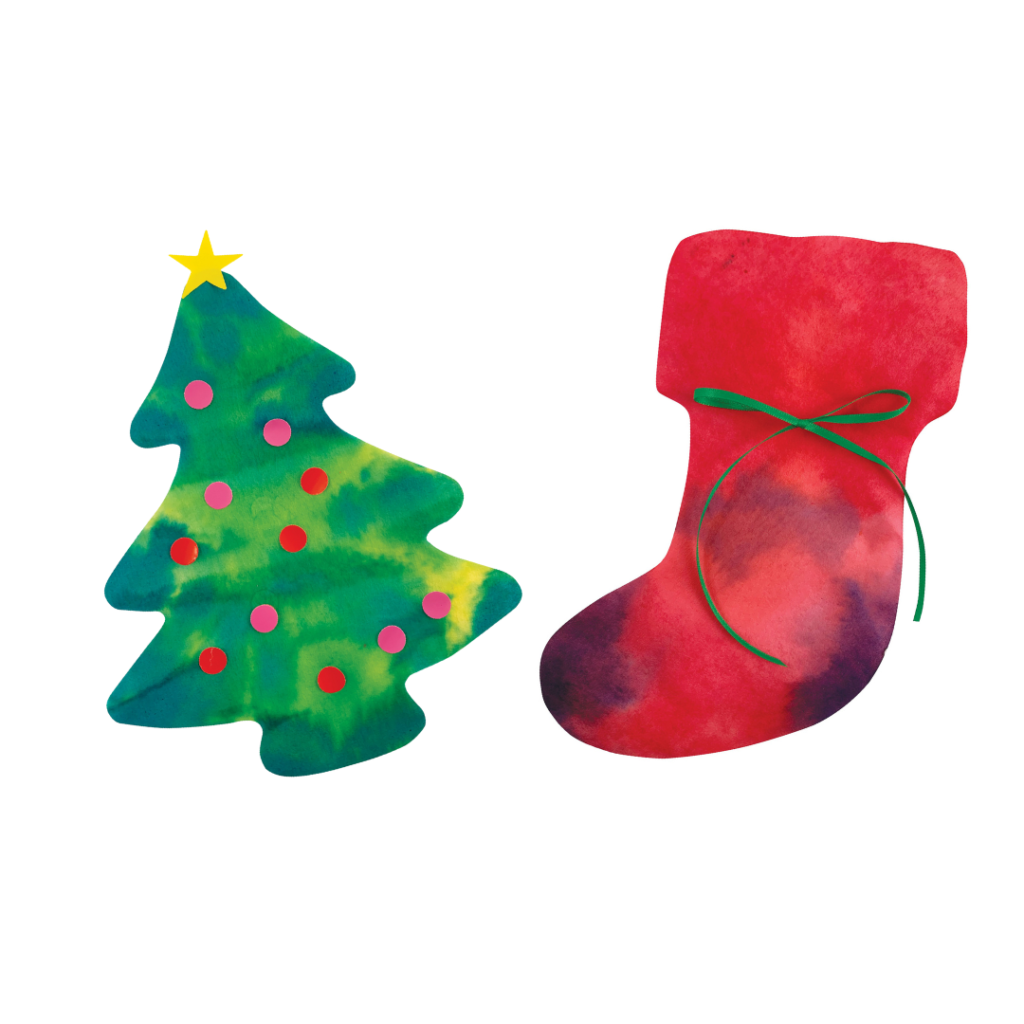
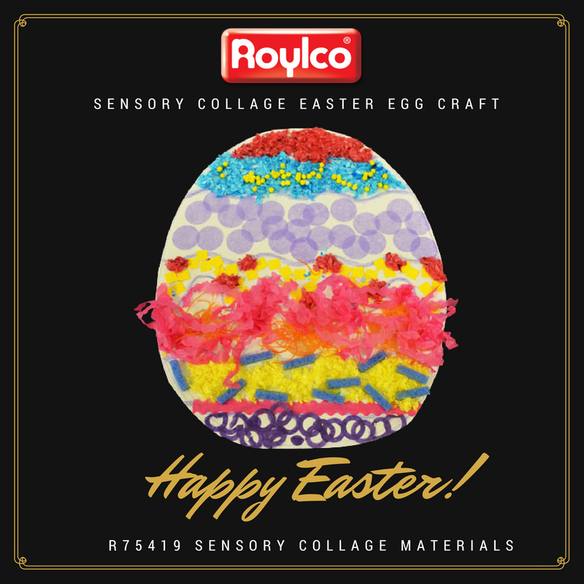

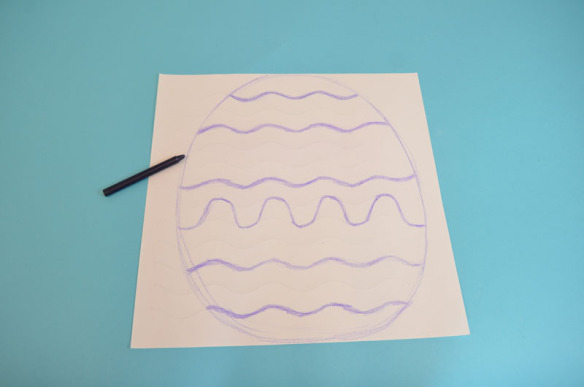
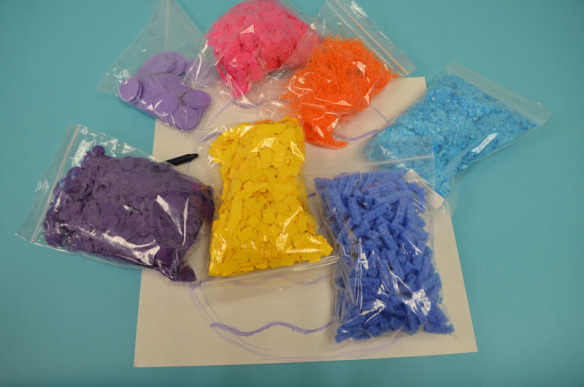
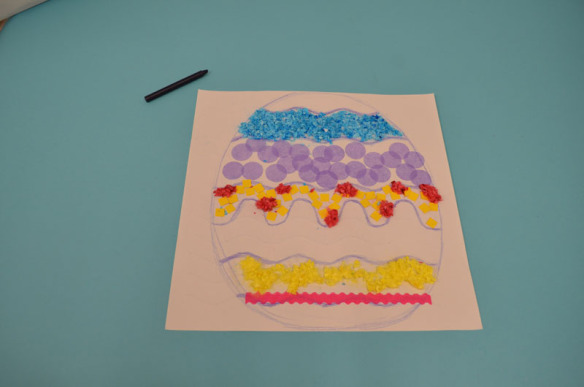
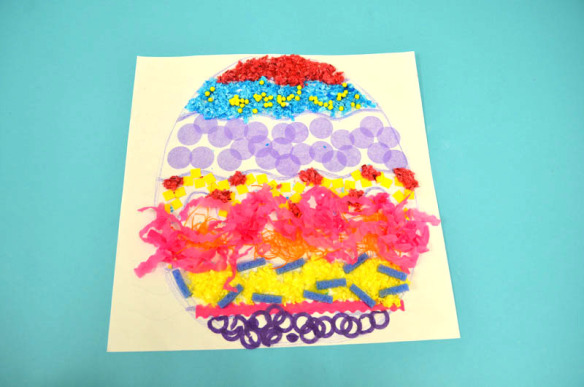
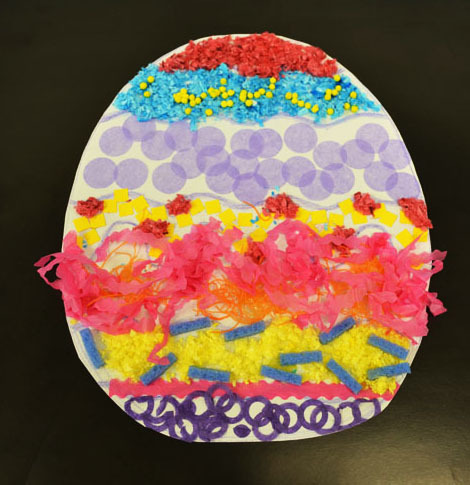




 !
!
